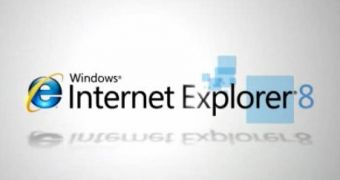One of the aspects that evolved with the advent of Internet Explorer 8 was the way the browser allowed end users to handle various browser enhancements including toolbars and add-ons. In comparison to Internet Explorer 7, IE8 puts end users back in control, allowing them to take advantage of management enhancements, including the Close button that accompanies IE add-ons. The Close button, which is featured on the left of every toolbar, is designed to streamline access to the Disable Add-on dialog box. The feature will allow end users to disable not only a specific add-on/toolbar, but also all the associated components.
“All these user experience changes tested very well in our IE8 usability studies: Users were delighted to discover that they can now disable or enable exactly the right set of toolbars and add-ons – keeping them in control of their browser,” revealed Frank Olivier, program manager.
While indeed managing to enhance the browser, add-ons and toolbars can also have a detrimental impact on overall performance. Internet Explorer 7 made it difficult for all components of an add-on to be disabled simultaneously because of the way the tools-Toolbars menu was built, allowing users to just hide a specific toolbar, but not actually disable its code from running. IE8 resolves this shortcoming.
“Our IE7 user feedback showed that less experienced users had problems with hiding toolbars to free up browser screen real estate, or to get rid of a toolbar that they no longer wanted. More experienced users understood that any toolbar and add-on that runs in a browser will have an impact on browser startup time, new tab creation time, and navigation speed and they wanted an easier way to manage the set of add-ons that actually run,” Olivier added.
Of course Microsoft is making it easy for users not only to turn off add-ons in IE8, but also to re-enable them, at any time. “Enabling toolbars is just as important as disabling them. Our research showed that users don’t have any issues with figuring out how to show the toolbar again – Just like in IE7, an IE8 user can enable a toolbar again by clicking the Tools button, and then clicking the desired toolbar from the Toolbar menu. Or, they can use the browser frame context (right-click) menu. When a toolbar is enabled, all the related components can also be enabled,” Olivier explained.
Internet Explorer 8 (IE8) Release Candidate 1 (RC1) is available for download here.

 14 DAY TRIAL //
14 DAY TRIAL //